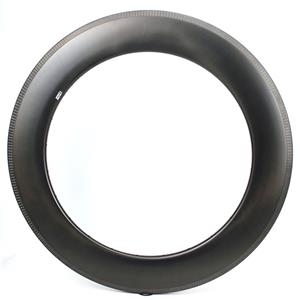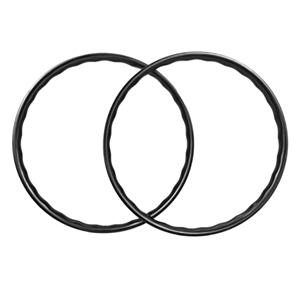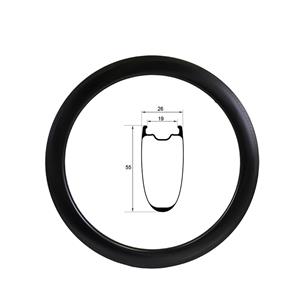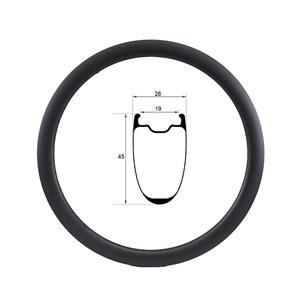650b vs 700c Wheels
650b vs 700c Wheels: Pros and Cons
Two Different Wheel Sizes
The 700c(622mm) wheel is the most commonly available option. It is ubiquitous in road cycling. 650b(584mm) wheels are available but very hard to come by, as they are not currently the standard, thought that is not to say that they are inferior. Both types of wheels have their pros and cons. It simply depends on the kind of riding you do and what your preferences are. 650b wheels have managed to make a comeback, however, as many gravel bikes make use of them.
Pros:
650b wheels have many advantages. They are commonly used on gravel bikes, as they free up more real estate for wider tires. Because of the limitations of many forks and chainstays, the tire size that can fit a gravel bike is not always as wide as some might like. Having wheels with a smaller diameter allows for wider tires that can be run at lower pressures. The lower pressure can increase comfort asas well as improve traction in dirt as well as in gravel. For road applications, they are more aero as there is a smaller frontal area.
Cons:
650b wheels do have their disadvantages, however. The smaller size does not have the same amount of rotational momentum which means it can be more difficult to maintain speed. They are also less capable of rolling over debris as smoothly. Finally, they are not as widely available as their 700c counterparts. For road bikes using rim brakes, they are unusable unless the frame is specifically designed for 650b wheels.
700c Wheels
Pros:
700c road and gravel wheels are the norm. Because of this, it is very easy to find tires and inner tubes. They have the advantages of keeping their speed as there is more momentum. They also run better over debris the a road or trail. They have been widely accepted, and bicycle frames are designed around them.
Cons:




